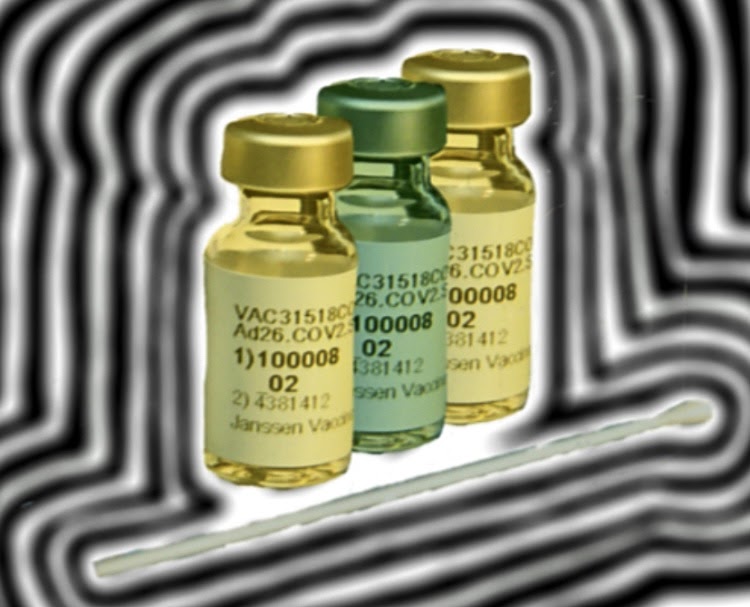Keeping up with COVID-19
Photo credit: Kaitlyn Barr
March 22, 2021
Junior Anneliese Lechner was one of the many students who volunteered to participate in the free COVID-19 testing offered to all North students on March 9.
Lechner said the process was well-organized and fairly simple, as students were able to administer their nasal swab tests themselves. They were also accompanied by a group of testing assistants who remained present in order to aid students through the testing process.
“It was a do-it-yourself test with step-by-step instructions,” Lechner said. “There [were] people to help if you needed it.”
Because of its easy process, Lechner recommends the testing to other students. She believes it is a good way to help the district monitor COVID-19 cases and adopt safety protocols that comply with health and science experts.
Along with Lechner, Wayne State University professor Phillip Levy, who aided the district in setting up the testing site, also feels the tests are important in gathering data and reducing the spread of COVID-19. Levy believes the best way of getting results is continuing to test approximately 400 students every two weeks from now until the end of the school year to help identify asymptomatic COVID-19 cases before it can spread to others.
“The more [students] that sign up to be tested, the greater the likelihood that we are getting an accurate measure of virus prevalence in the community,” Levy said. “There is less bias in the sample and a better chance that we can detect the virus across the range of the population.”
Along with gathering data and catching COVID-19 cases before it can be spread, Levy believes the collected data will be helpful in determining how safe and effective different COVID-19 protocols are in a school environment, and monitoring the overall safety of students.
“If the protocol calls for shutting down in person schooling if the prevalence rises above a certain number, it is critically important to be able to accurately derive prevalence,” Levy said. “Surveillance testing allows for that.”
Johnson and Johnson one-shot vaccine
The Johnson and Johnson vaccine was approved by the Food and Drug Administration on Feb. 28. Unlike the Pfizer and Moderna vaccines, which require two doses, the Johnson and Johnson vaccine is a one-shot dose vaccine. This means that only one dose is required to provide immunity to the virus.
Health experts say that the approval of a third vaccine will allow for more Americans to get vaccinated, and hopefully, help the general public achieve herd immunity sooner.
The approval of the third vaccine has chemistry teacher Kristen Lee feeling hopeful about the number of COVID-19 cases going down and life returning to normal soon.
Lee, along with many others, struggled with making appointments to get the Moderna and Pfizer vaccines because of the high demand. Lee said she hopes that with three COVID-19 vaccines now being distributed, the availability will be higher and allow for more people to receive a vaccine.
“I think the availability of a third vaccine will increase distribution to those that wish to be vaccinated,” Lee said. “I would also think it would make finding a vaccine easier.”
Trends of COVID-19 vaccine distribution and cases
With now three COVID-19 vaccines approved by the Food and Drug Administration, more Americans are receiving vaccinations and obtaining immunity to the virus. According to the Center for Disease Control, almost 73.7 million Americans have received their first dose of the vaccine, and 39.9 million have obtained the second, as of March 17.
The CDC has also stated that along with an increase in vaccinations, there has been a general decrease in COVID-19 cases in the U.S. over the past 30 days. On Feb. 17, for instance, there were 69,372 additional cases. However, on March 17, there were only 51,954 new cases. There has also been a decline in COVID-19 deaths in the past month, with 2,568 on Feb. 17 and 995 on March 17, according to the CDC.












